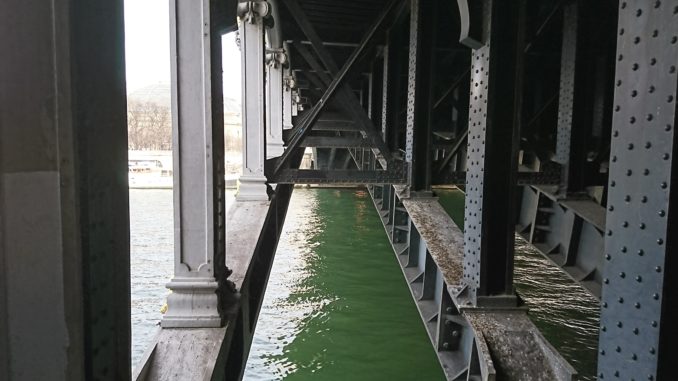
In la Tribune 21/05/2021
In 2008 European steel production was 180,000 million tons, in 2020 it will be only about 130,000 million tons and the Covid-19 crisis does not explain this 30% drop.
Indeed, since the steel peak demand in the 1970s, Europe has lost steel production capacity after each crisis, which it has not been able to replenish subsequently. For example, in the ten years following the Great Financial Crisis of 2008, the European steel industry closed down 22 Mt and 80,000 direct jobs were destroyed.
However, the post-Covid-19 economic recovery sur-vitaminized iron ore prices which increased twofold between May 2020 and May 2021, notably because of Australia-China trade tensions and the impact of La Niña on Brazilian production, but above all it is causing steel prices to double, because there is no longer enough production capacity to cope with exploding demand.
In a word, just as Covid-19 has exceeded the capacities of the European health economy because of a States bad management of our Strategic Solidarity of sovereignty, by dint of having reduced the number of its steelworks, notably because of a lack of protection against Asian competition, Europe is in structural steel under-capacity, it is no longer self-sufficient, steel peak is over, but we are silently slipping into a trap of dependence
The big question is to anticipate whether the post-Covid-19 recovery and the accompanying price increase will be cyclical events, and whether we can expect new social crises in European steel once the production bottlenecks have been resolved, or whether the upturn will be structural, with lasting positive prospects?
In 2012, European steel exports peaked. Twice as much as imports, they still represented 20% of the Union’s production. But the balance between exports and imports has since largely deteriorated, benefiting China first. It became negative for the first time in 2017 when India became the leading exporter to the Union. But for the past three years it has benefited first Russia, then South Korea, India, Ukraine, Taiwan, Turkey, Belarus and further down the ranking to Vietnam, Japan, Indonesia, Brazil and finally China.
In 2020, compared to 2012, European exports have decreased by one third, but, more seriously, imports are higher. From the point of view of imports, Turkey is the leading exporter of steel to Europe, because it recycles its steel scraps. It is ahead of Russia, followed by South Korea and in fourth place by the brexited United Kingdom.
China is far behind because it has entered the new paradigm of the 14th five-year plan, which consolidates steelmakers by closing obsolete steelmaking capacity, as was recently the case for Tangshan and Hadan; increases steel recycling to 30% of national capacity; and no longer encourages exports, in particular by eliminating VAT exemptions for such flows. Beijing will probably import more steel than in the past, as the sector is operating at over 90% of capacity, which in turn has provoked the ire of the Chinese government, as steel price inflation threatens the objectives of the national industrial organization.
If China is not the cause of Europe’s state of dependence, the future loss of European steel sovereignty, as discreet as the loss of sovereignty over vaccines, is to be sought elsewhere. Changes are urgently needed, because the impact of such a loss of power and control over steel prices and flows would be immediate on construction, infrastructure, machineries, transport, arms industry, shipbuilding, etc.
Firstly, an independent and sovereign European steel must shed more light on its geopolitical-commercial relationship with the steels of Russia, Ukraine and Belarus and rebalance its trade relationship.
Then, a non-dependent European steel means preparing for a decline in Indian exports to Europe, as soon as New Delhi follows the same path as Beijing. European steel mills are currently operating at close to 100% of their nominal capacity; would we need to reopen new ones in Europe to avoid falling into a steel dependency trap?
Next, a sovereign steel would also be prepared to defend itself against the coming production overcapacity of South East Asia, which, like steel mills around the world, is aiming for carbon neutrality by replacing coal with hydrogen.
Fourth, and probably most important, an independent European steel industry must break a Brussels taboo. This means restricting, or even hindering or banning, European exports of steel scrap, especially to Turkey, which processes it and returns it to us in the form of consumable steel.
But will Brussels be able to break one of its own taboos to anchor the means of its new mantra, the circular economy, or will we have to believe that Europe is unable to take advantage of its own steel recycling?